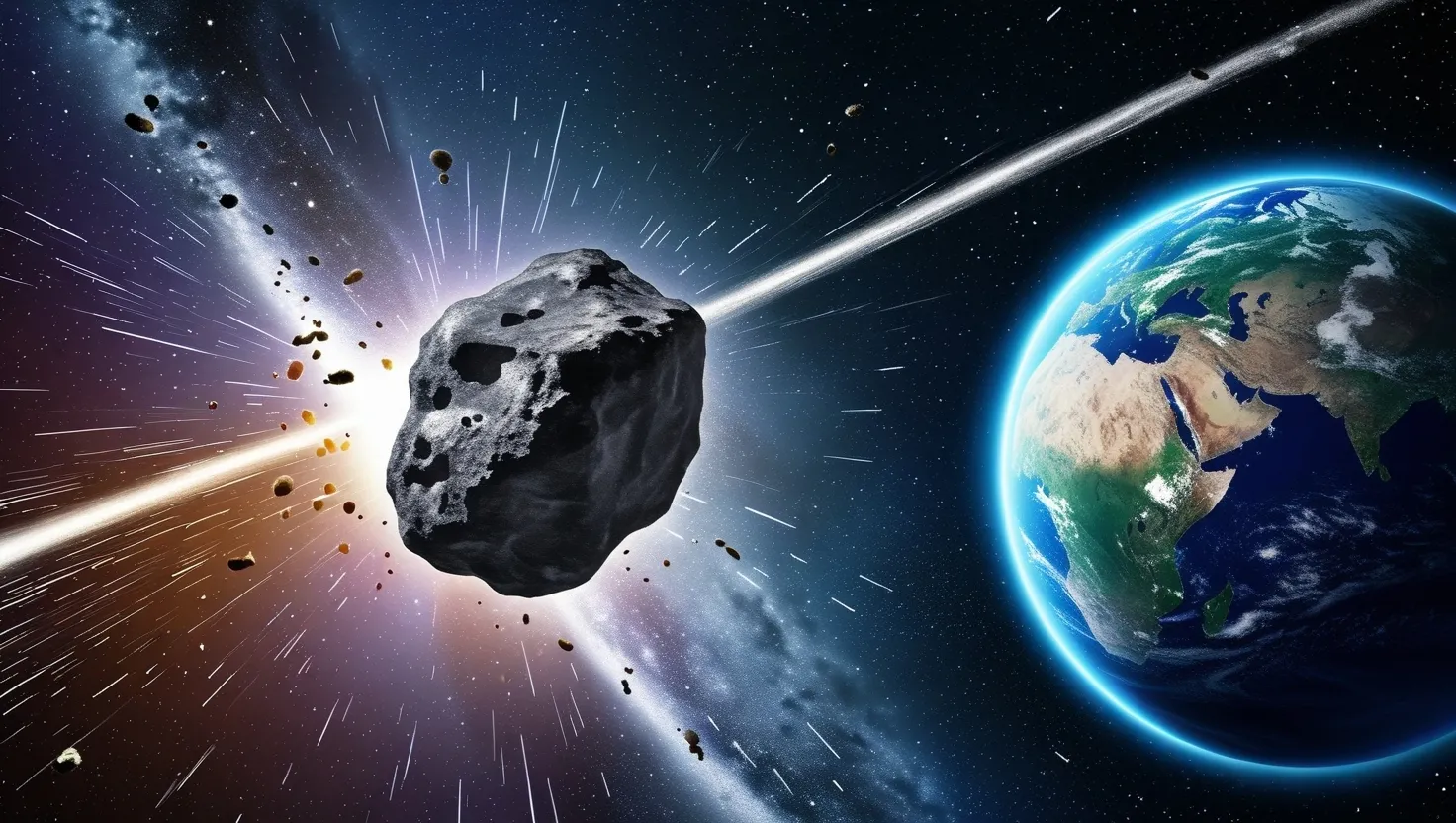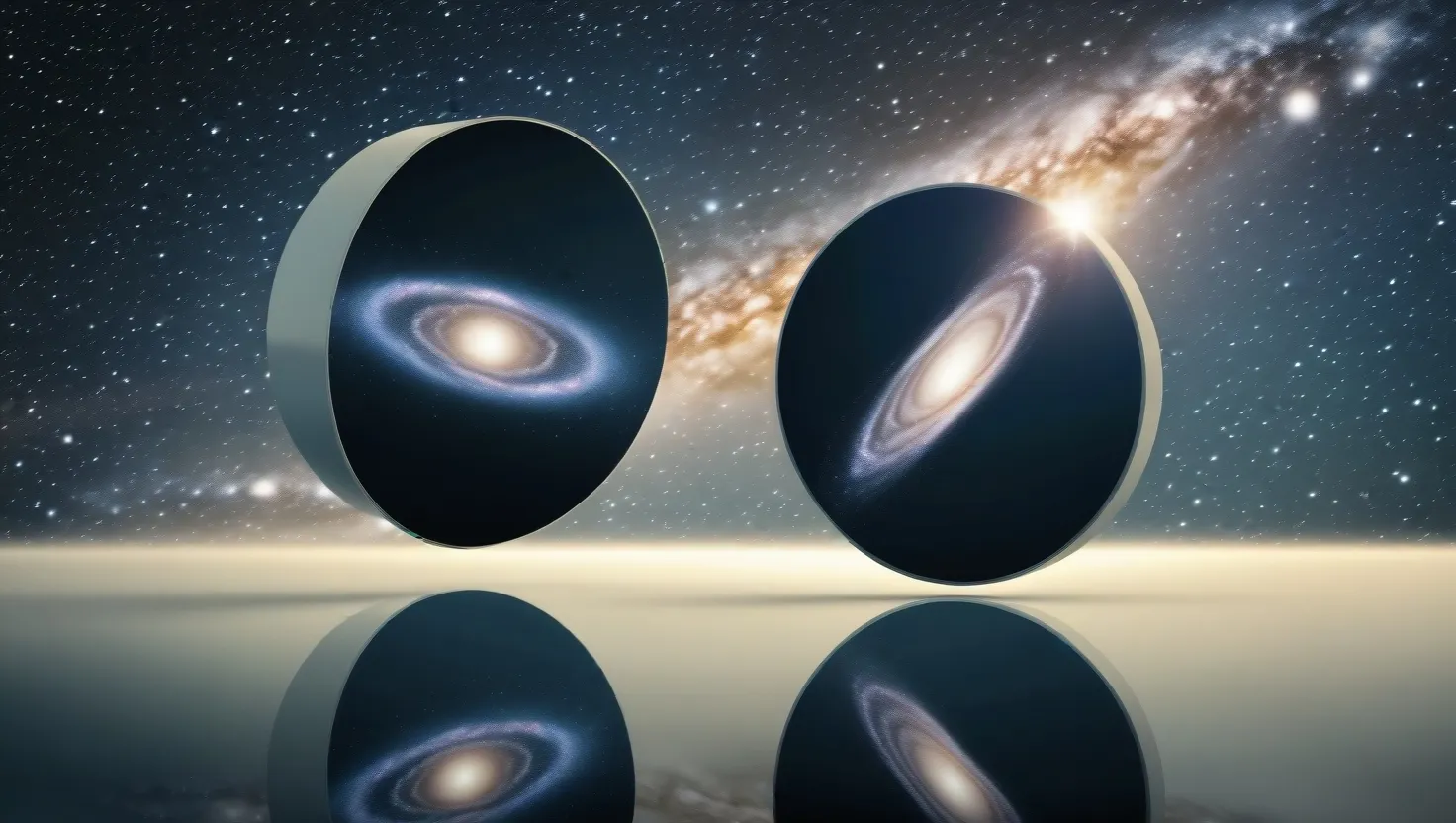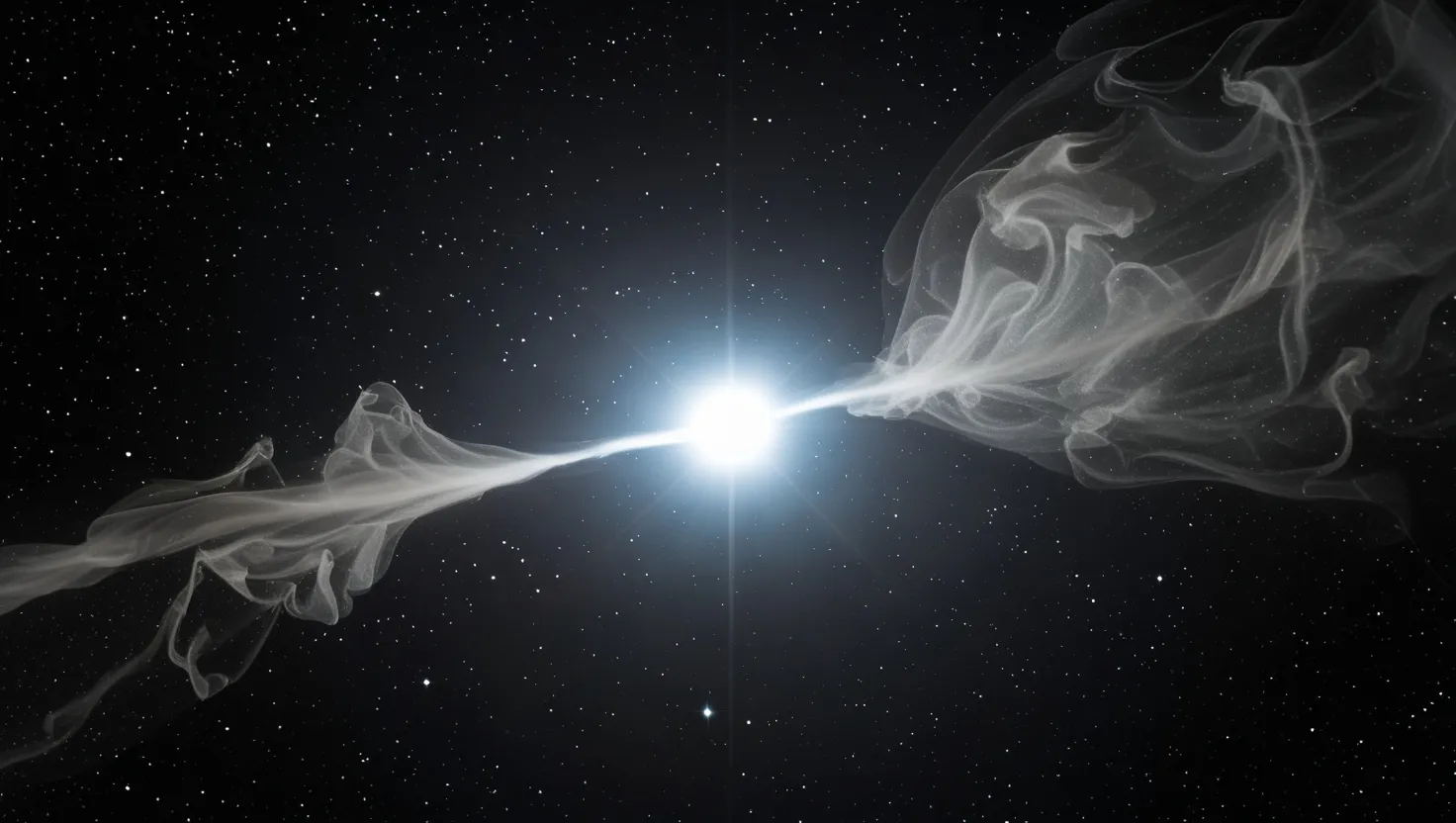As I delve into the intriguing theory of panspermia, I find myself pondering a question that has fascinated scientists and the general public alike for centuries: could life on Earth have originated from outer space? This concept, which suggests that microorganisms or the chemical precursors of life are dispersed throughout the universe, hitching rides on comets or asteroids to seed planets like ours, is both captivating and complex.
To begin with, let’s explore the core of panspermia. This theory proposes that life did not originate on Earth but was instead transported here from elsewhere in the universe. The idea is not new; it dates back to 1903, long before we had a deep understanding of stars, galaxies, or even the basics of special relativity. However, with advancements in science, the theory has evolved and branched out into various forms.
One of the most compelling aspects of panspermia is the notion of “lithopanspermia.” This variant suggests that bacteria and other microorganisms can survive in space when shielded by rock, typically within asteroids or comets. These celestial bodies can travel between planets, potentially spreading bacteria and biologically rich matter around the solar system. For instance, meteorites have been found to show signs of aqueous alteration, indicating that they could have provided the necessary conditions for life to develop internally before being ejected into space.
The “Tanpopo” mission, conducted by researchers from Tokyo University in collaboration with the Japanese space agency JAXA, provides some fascinating evidence to support this idea. By exposing the radiation-resistant bacteria deinococcus to the harsh conditions of outer space on the outside of the International Space Station, the researchers found that these bacteria could survive for up to eight years. This survival was largely due to a layer of dead bacteria protecting the colony beneath it. Such findings suggest that microorganisms could indeed survive the journey from Earth to Mars and vice versa, potentially contaminating other planets with life.
But panspermia goes even further, venturing into the realm of “interstellar panspermia” and “galactic panspermia.” These hypotheses propose that life exists throughout the galaxy and universe because bacteria and microorganisms are spread around by asteroids, comets, space dust, and possibly even interstellar spacecraft from alien civilizations. While these ideas are highly speculative and lack concrete evidence, they do spark interesting discussions about the universality of life.
The discovery of extrasolar objects like ‘Oumuamua and Borisov passing through our solar system has added a new layer of intrigue to these theories. These objects, which could be comets or asteroids from other star systems, raise the possibility that biotic components could be exchanged across vast distances, potentially seeding life on various planets.
Now, let’s consider a more radical angle: what if advanced civilizations are intentionally spreading life across the cosmos? This concept, known as “directed panspermia,” was first proposed by Nobel laureate Francis Crick and his colleague Leslie Orgel in 1972. According to this theory, life was deliberately brought to Earth by a higher intelligent being from another planet. While this idea may sound like science fiction, it does pose an interesting question: if we are capable of infecting a sterile planet with life, why couldn’t another technological society have done the same to Earth in the past?
Crick and Orgel argued that if our species can contaminate other planets, then it’s plausible that another civilization could have done so as well. They suggested that evidence for this could be found in the genetic code of the first microorganisms on Earth, potentially containing a ‘signature’ message from our hypothetical progenitors. However, the challenge lies in the fact that natural selection and mutation over billions of years would likely erase any such message.
The implications of panspermia on our understanding of life’s origins are profound. If life is common in the universe and can be transported between planets, it could explain the rapid emergence of life on Earth. The building blocks of life, such as amino acids and other organic molecules, have been found in meteorites and in interstellar space, supporting the idea that these components could have been delivered to Earth from elsewhere.
However, panspermia also raises more questions than it answers. For instance, if life is so easily transportable, why haven’t we found any definitive evidence of extraterrestrial life? This brings us to the Fermi Paradox, which questions why, given the high probability of the existence of extraterrestrial civilizations, we have not yet observed any signs of them. The silence of the universe, or “silentium universi,” is a mystery that panspermia does not fully resolve but rather adds another layer of complexity to.
In exploring these theories, I am reminded of the vast and mysterious nature of the universe. Panspermia, whether in its simplest form of lithopanspermia or the more speculative directed panspermia, challenges our traditional views of how life began on Earth. It invites us to consider that we might be part of a much larger cosmic narrative, where life is not unique to our planet but is instead a universal phenomenon.
As we continue to explore the cosmos, sending probes to Mars and beyond, we are not just searching for signs of life; we are also potentially spreading life ourselves. The Mars Perseverance rover, for example, could accidentally transport microorganisms to the red planet, much like how life might have been transported to Earth millions of years ago.
In the end, the panspermia paradox leaves us with more questions than answers. Are we cosmic castaways, the result of an ancient and universal process of life distribution? Or is this just another far-out idea that will eventually be proven or disproven by science? Whatever the truth may be, the journey of exploring these mysteries is what makes the pursuit of knowledge so compelling.
As I look up at the night sky, filled with stars and galaxies beyond our comprehension, I am struck by the sheer possibility that life could be out there, waiting to be discovered or perhaps already here, hidden in the very fabric of our existence. The panspermia paradox is a reminder that the universe is full of mysteries, and sometimes the most extraordinary explanations might just be the ones that are true.






